When it comes to repairing damaged or deteriorating drains, trenchless technology has transformed how drainage contractors across the UK work. Gone are the days when fixing a cracked or leaking pipe meant excavating the ground above it. Today, drain patch lining and full drain relining offer two highly effective “no-dig” solutions both saving time, cost, and disruption.
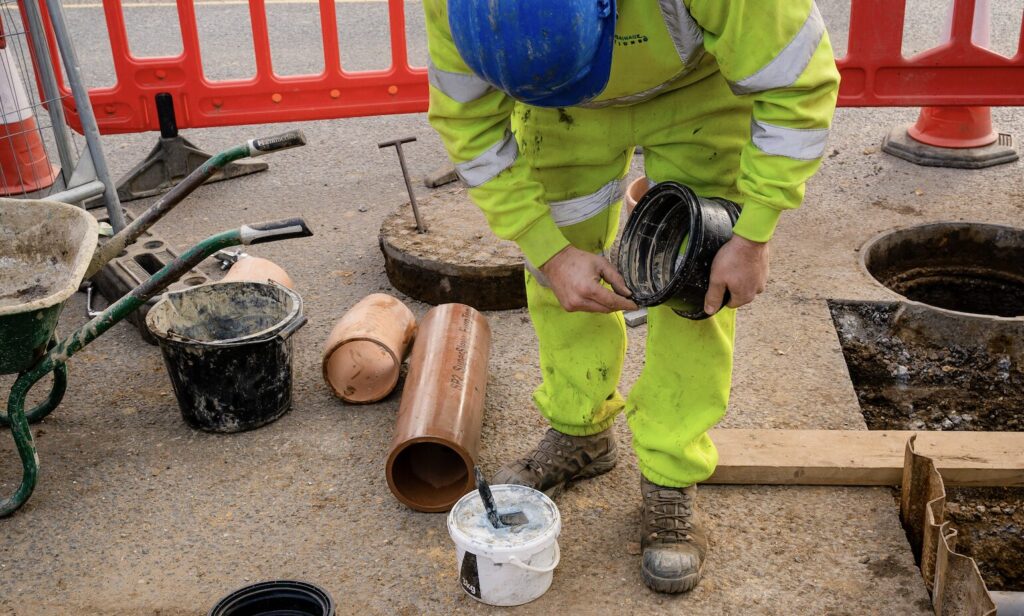
At Premier Drainage Solutions, we carry out both methods regularly across London and the South East. But understanding the difference between the two, and when each is appropriate, can help homeowners, contractors, and developers make informed decisions before work begins.
What Is Drain Patch Lining?
Drain patch lining (sometimes called spot repair or localised lining) is used to fix a specific section of damaged pipe rather than relining the entire run.
A fibreglass or resin-impregnated patch is positioned precisely over the defect, such as a crack, joint displacement, or root intrusion and then cured in place using air or water pressure. Once hardened, the patch creates a smooth, watertight seal that restores full structural integrity to the damaged section.
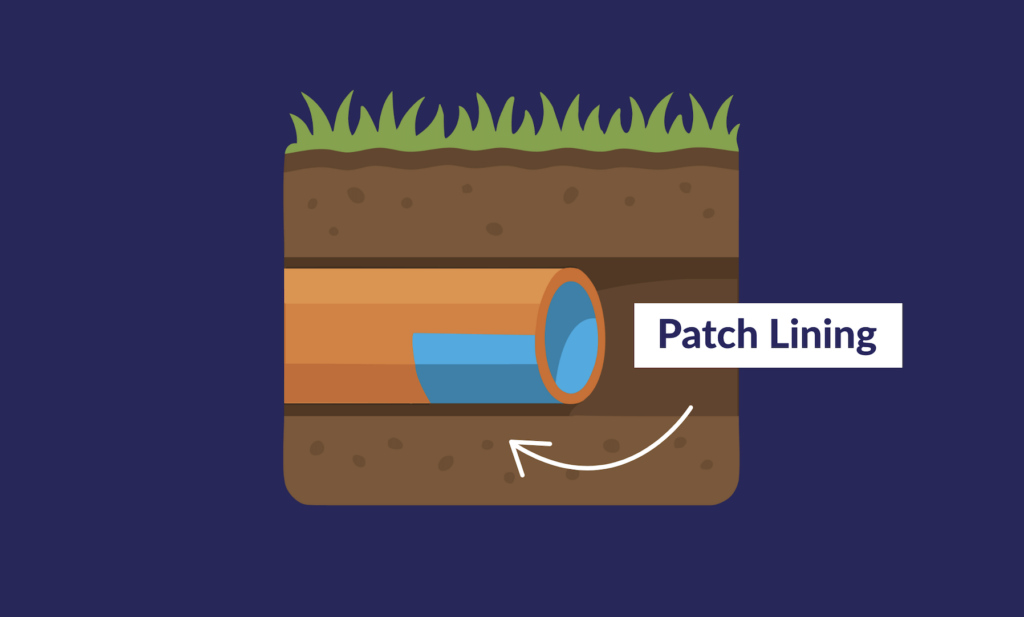
This process is typically guided by a CCTV drain survey, which allows our engineers to pinpoint the exact location and extent of the issue before installation.
Ideal for:
- Localised cracks or fractures
- Root ingress or joint displacement
- Pipes where excavation is not practical
- Repairs within manhole-to-manhole lengths
What Is Full Drain Relining?
Full relining involves installing a continuous resin liner along the entire length of the drain or sewer, effectively creating a new pipe within the old one. The liner bonds tightly to the inner surface, sealing all existing defects and extending the pipe’s lifespan by decades.
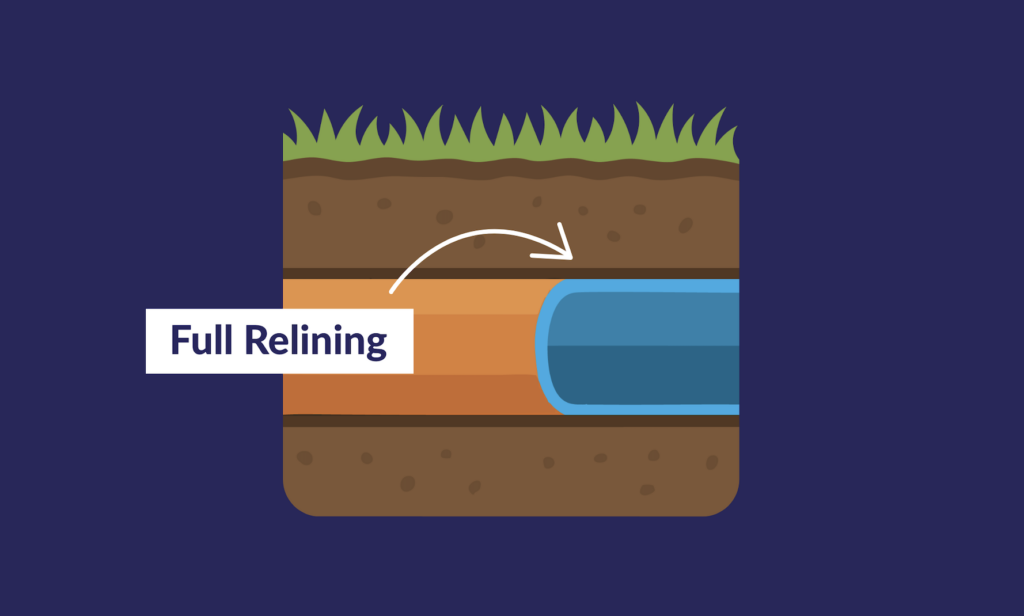
This method is often chosen when the pipe is deteriorated along its full length or has multiple defects that can’t be resolved with isolated patch repairs.
Ideal for:
- Widespread cracking or deformation
- Older clay or pitch fibre pipes showing general deterioration
- Long sections where multiple patch repairs would be inefficient
- Drains in inaccessible areas such as under buildings or roads
Comparing the Two Methods
| Factor | Patch Lining | Full Relining |
| Repair scope | Localised (1m–1.5m sections) | Full pipe length |
| Cost | Lower cost (targeted fix) | Higher cost (full coverage) |
| Disruption | Minimal | Minimal |
| Time on site | 1–2 hours per patch | Several hours depending on length |
| Durability | 15–25 years | 30–50 years |
| Best for | Isolated damage | Widespread defects or ageing pipes |
Both systems are cured in place, require no excavation, and can be completed in a single visit. The right choice depends entirely on the condition of the pipe, which is why a CCTV survey is always the first step.
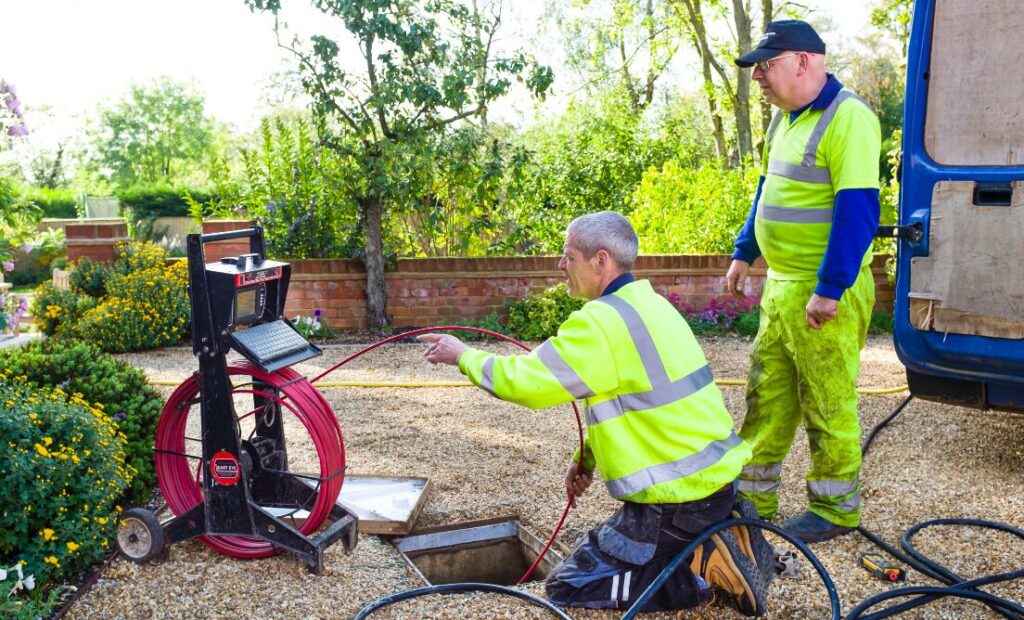
How a CCTV Survey Determines the Right Repair
Before any lining or relining takes place, Premier Drainage Solutions carries out a CCTV drain survey using high-definition cameras. This inspection identifies:
- The exact location of damage
- The type of defect (crack, displacement, ingress, etc.)
- Pipe material and diameter
- Access points and overall condition
From this data, we can recommend the most cost-effective and long-term repair whether that’s a single patch or a full structural reline.
Why Choose a No-Dig Repair Method?
Both patch lining and full relining are part of the UK’s growing adoption of trenchless technology, a modern approach that reduces environmental impact and avoids disruption.
Benefits include:
- No excavation or reinstatement required
- Quick turnaround (often completed in one day)
- Long-lasting structural integrity
- Suitable for residential, commercial, and public sewer systems
- Fully compliant with Thames Water and UK Water Industry standards
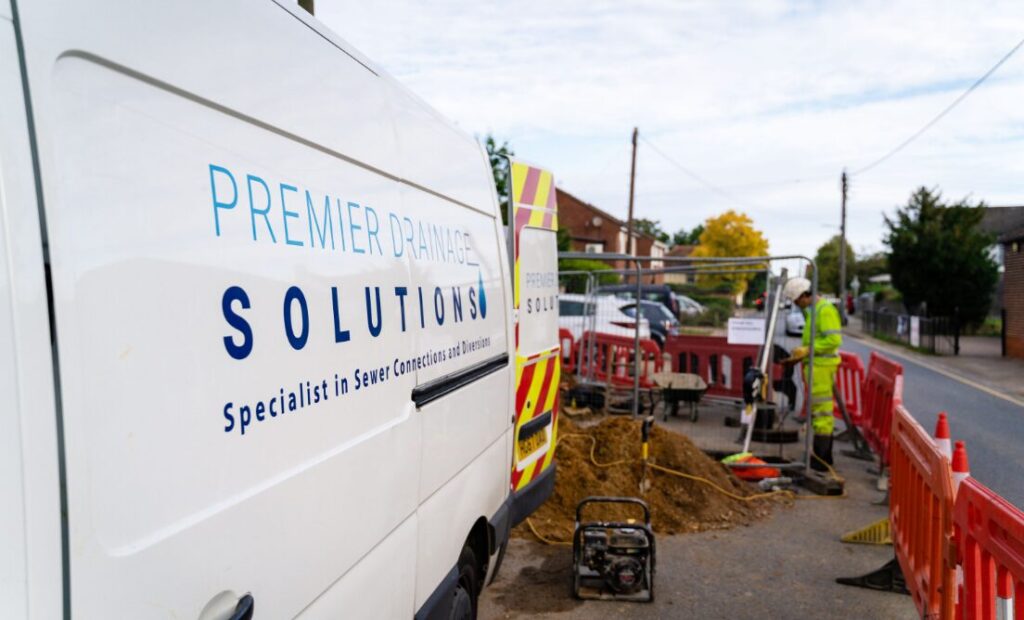
Case Example: Relining a London Property Drain
A recent client in South West London contacted us after experiencing recurring blockages. Our CCTV survey revealed a series of small fractures within a 6m run of clay pipe. Instead of excavating or replacing the line, we installed two localised patch liners to seal the affected joints.
This approach saved the client both time and cost and the drainage system was back to full function within hours, with no digging required.
Whether you’re dealing with a single cracked pipe or an ageing drainage system in need of full rehabilitation, both patch lining and full relining provide efficient, durable, and non-invasive repair options.
At Premier Drainage Solutions, we’ll always begin with a detailed CCTV survey to assess the condition of your drains and recommend the most appropriate method.
Ready to Repair Without the Mess?
Contact Premier Drainage Solutions today to book your CCTV survey or discuss the best repair option for your system.

